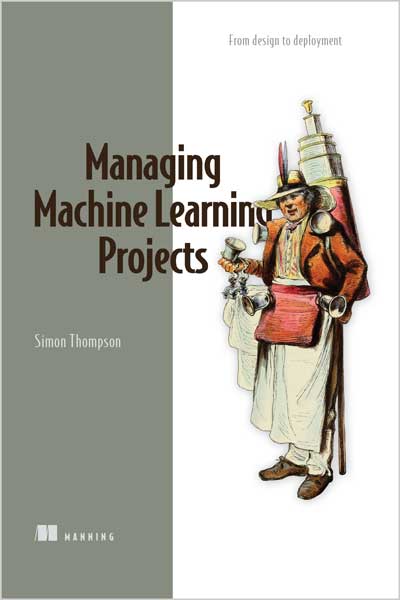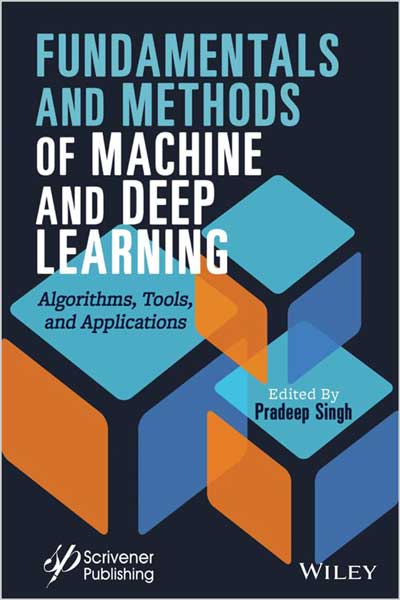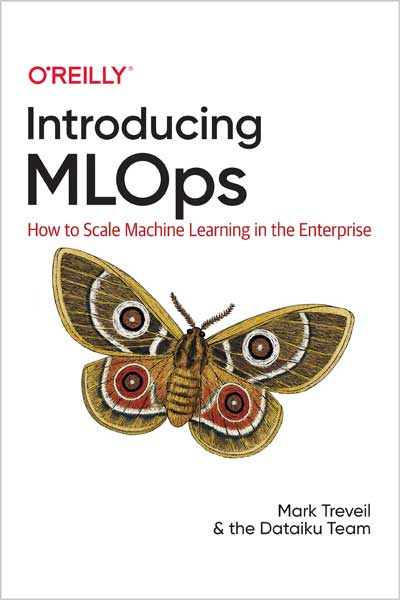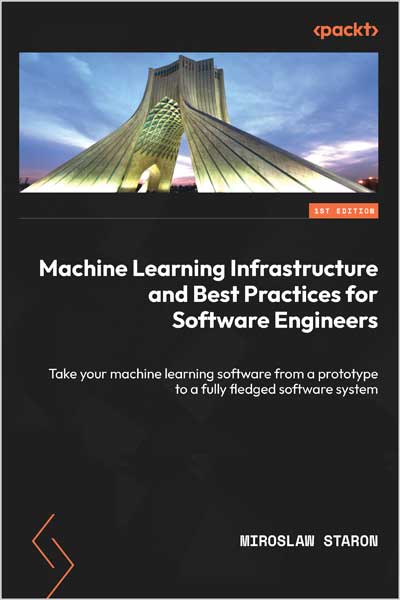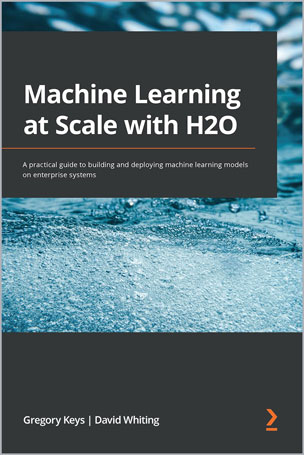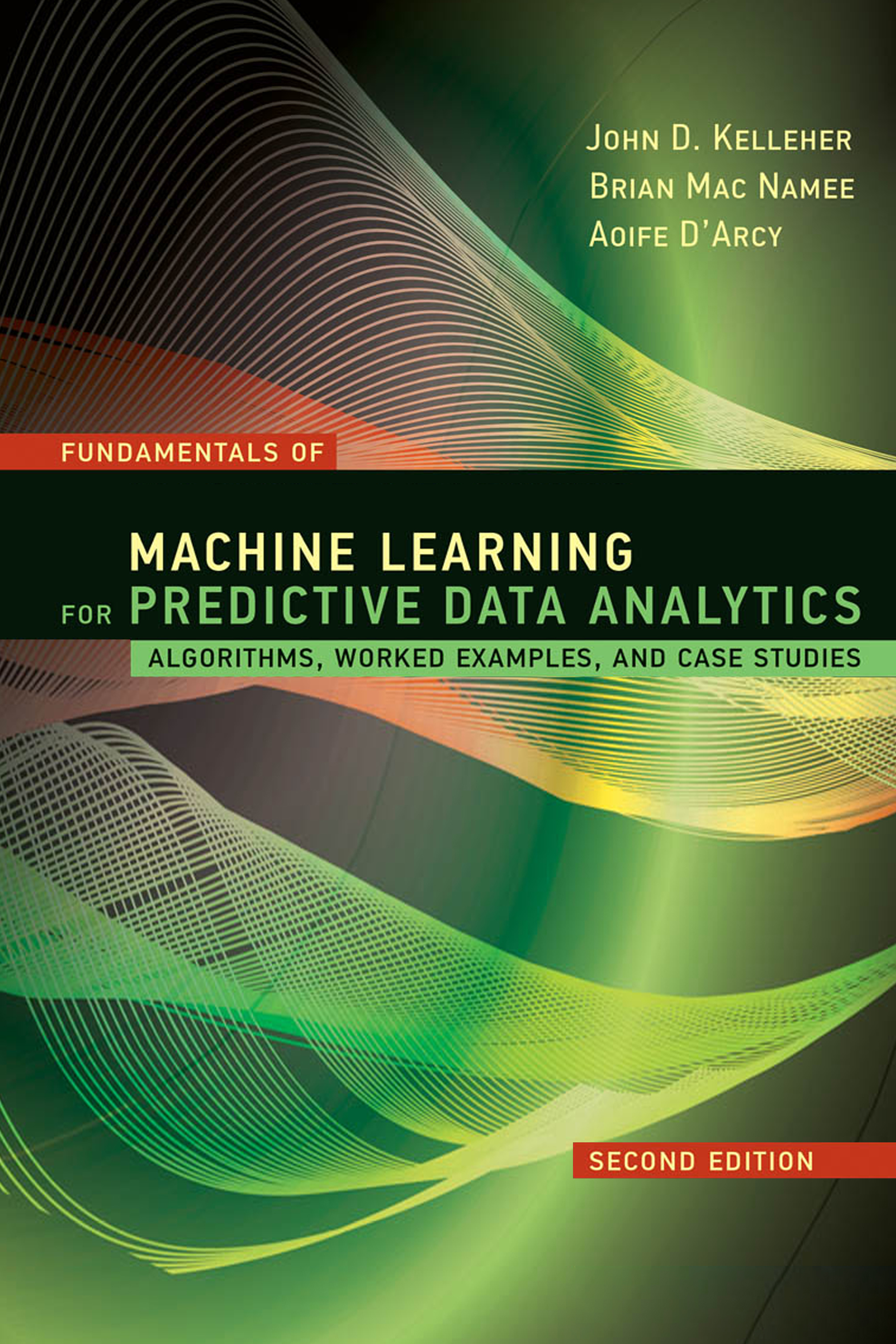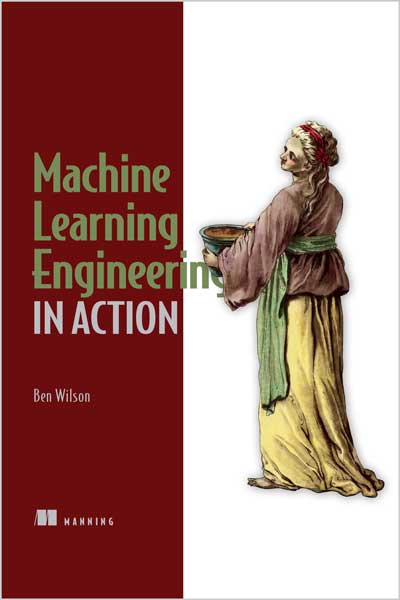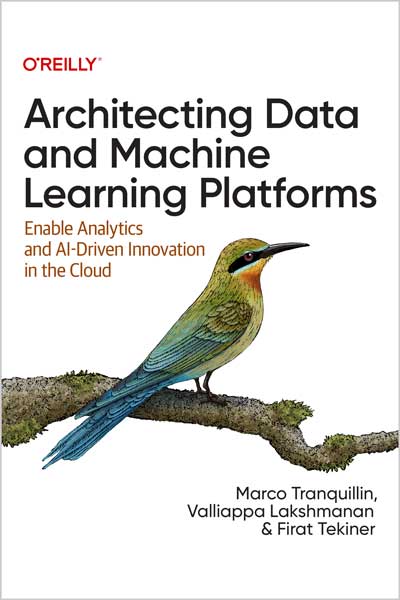(Adaptive Computation and Machine Learning series)
Ethem Alpaydın
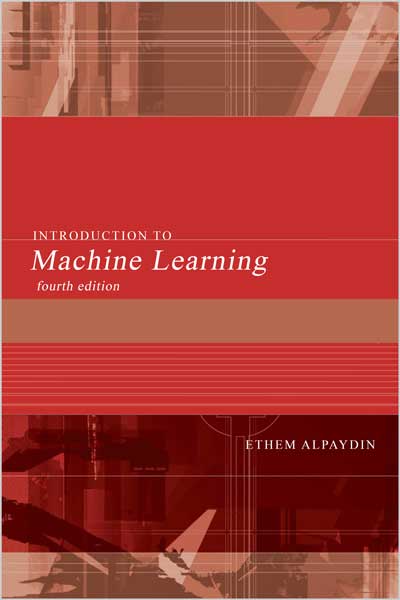
#Machine_Learning
#Deep_Learning
#Reinforcement_Learning
A substantially revised fourth edition of a comprehensive textbook, including new coverage of recent advances in deep learning and neural networks.
The goal of machine learning is to program computers to use example data or past experience to solve a given problem. Machine learning underlies such exciting new technologies as self-driving cars, speech recognition, and translation applications. This substantially revised fourth edition of a comprehensive, widely used machine learning textbook offers new coverage of recent advances in the field in both theory and practice, including developments in deep learning and neural networks.
Contents
1 Introduction
2 Supervised Learning
3 Bayesian Decision Theory
4 Parametric Methods
5 Multivariate Methods
6 Dimensionality Reduction
7 Clustering
8 Nonparametric Methods
9 Decision Trees
10 Linear Discrimination
11 Multilayer Perceptrons
12 Deep Learning
13 Local Models
14 Kernel Machines
15 Graphical Models
16 Hidden Markov Models
17 Bayesian Estimation
18 Combining Multiple Learners
19 Reinforcement Learning
20 Design and Analysis of Machine Learning Experiments
The book covers a broad array of topics not usually included in introductory machine learning texts, including supervised learning, Bayesian decision theory, parametric methods, semiparametric methods, nonparametric methods, multivariate analysis, hidden Markov models, reinforcement learning, kernel machines, graphical models, Bayesian estimation, and statistical testing. The fourth edition offers a new chapter on deep learning that discusses training, regularizing, and structuring deep neural networks such as convolutional and generative adversarial networks; new material in the chapter on reinforcement learning that covers the use of deep networks, the policy gradient methods, and deep reinforcement learning; new material in the chapter on multilayer perceptrons on autoencoders and the word2vec network; and discussion of a popular method of dimensionality reduction, t-SNE. New appendixes offer background material on linear algebra and optimization. End-of-chapter exercises help readers to apply concepts learned. Introduction to Machine Learning can be used in courses for advanced undergraduate and graduate students and as a reference for professionals.
Review
I have used Introduction to Machine Learning for several years in my graduate Machine Learning course. The book provides an ideal balance of theory and practice.
―Larry Holder, Professor of Electrical Engineering and Computer Science, Washington State University
About the Author
Ethem Alpaydin is Professor in the Department of Computer Engineering at Özyegin University and Member of The Science Academy, Istanbul. He is the author of Machine Learning: The New AI, a volume in the MIT Press Essential Knowledge series.s).
